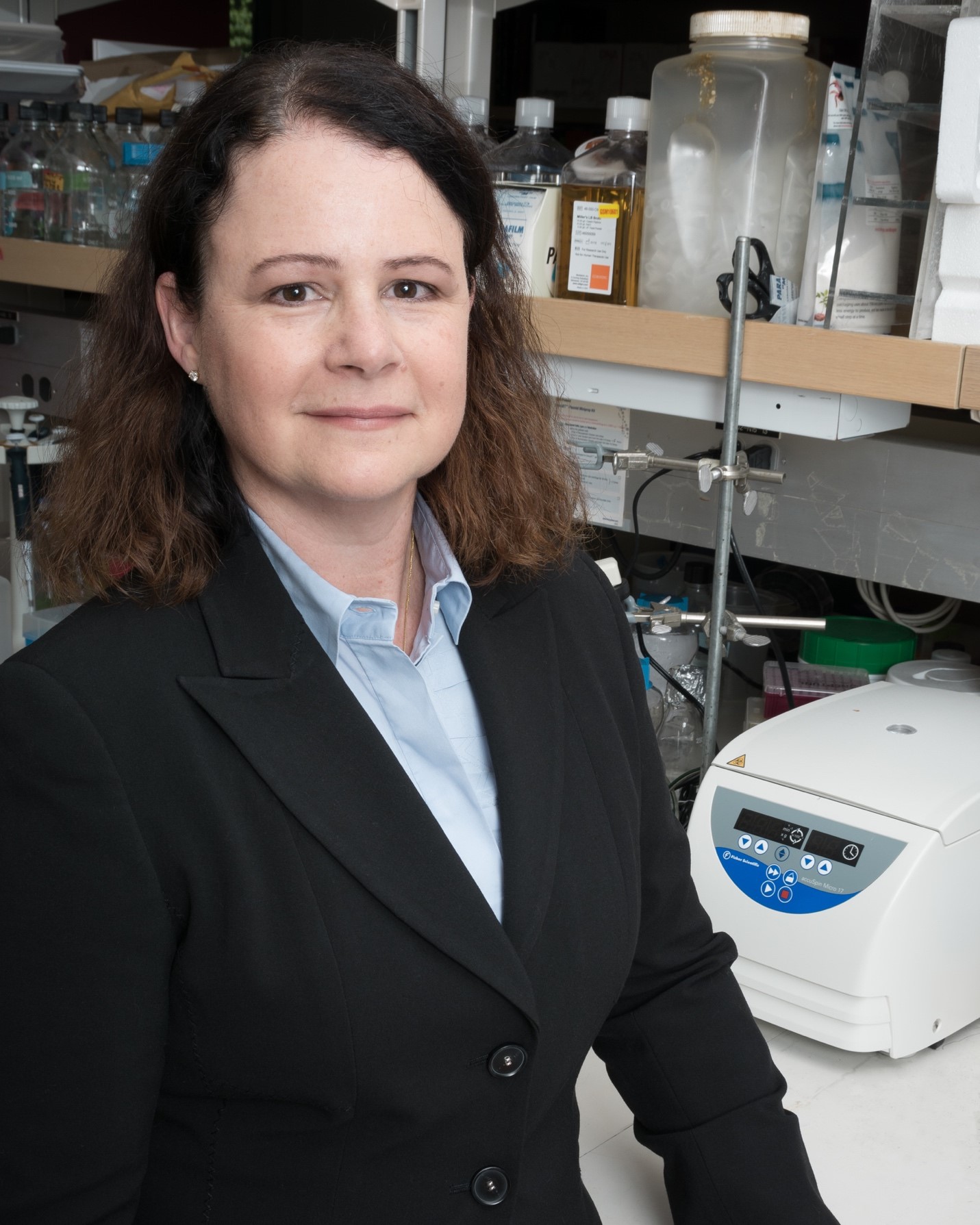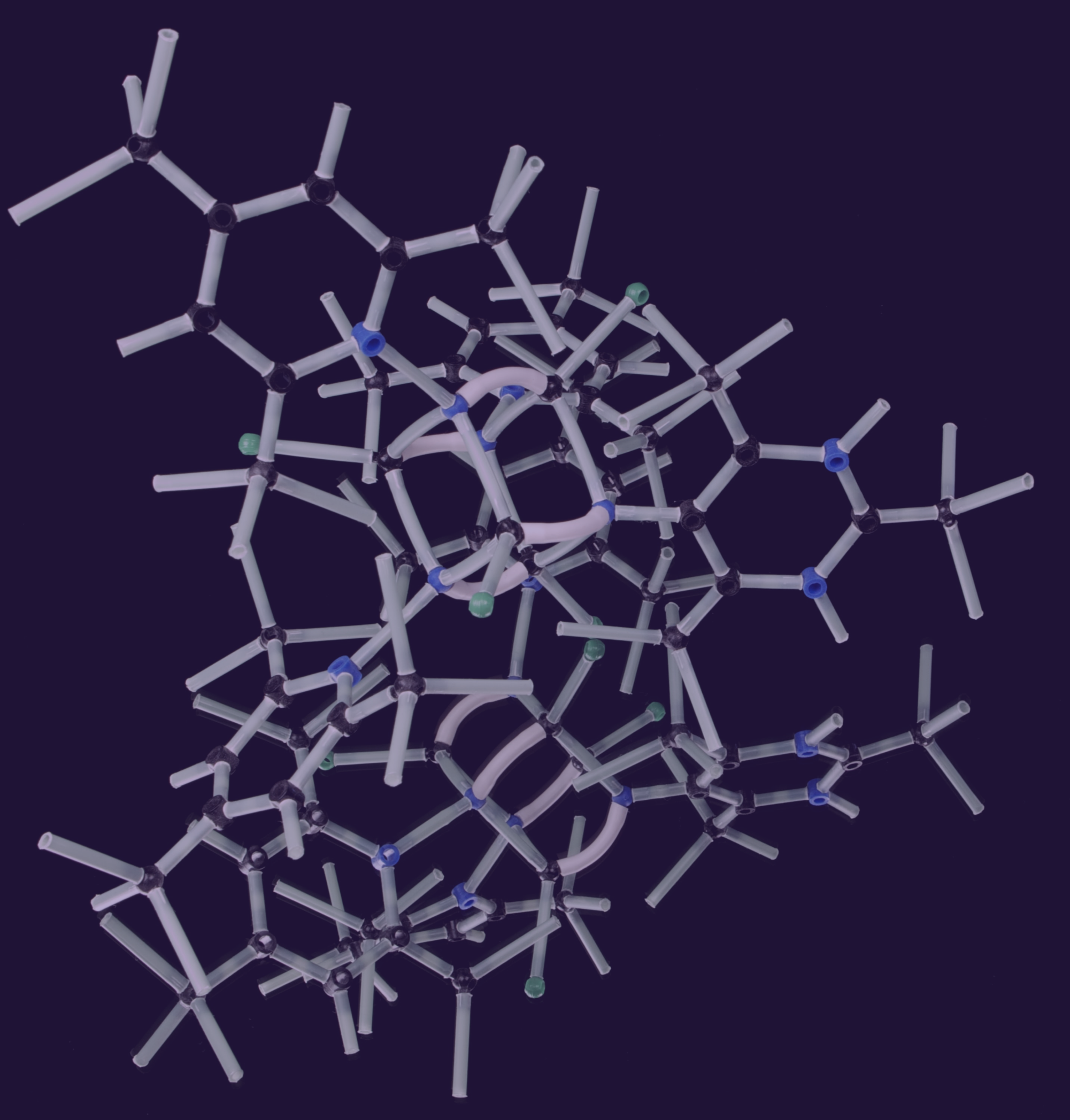Joel
Chamberlain
PhD

(206) 221-4579
University of Washington
Health Sciences Building, K-228C
Box 357720
Seattle, WA 98195
Biography
Joel Chamberlain moved to the University of Washington in 2001 from the University of Michigan Medical School where she had completed graduate training in Cell and Molecular Biology in the laboratory of Dr. David Engelke (Biological Chemistry). Her postdoctoral training at UW in the laboratory of Dr. David Russell (Hematology) culminated in a first authored manuscript in Science detailing gene targeting using adeno-associated viral vectors (AAV) for dominant bone disease therapy development. Gene targeting was developed to eliminate the mutant collagen gene in mesenchymal stem cells from individuals with the Brittle Bone disease osteogenesis imperfecta. As a faculty member in the Division of Medical Genetics in the Department of Medicine at UW Joel Chamberlain has developed a gene therapy research program aimed at treating dominantly inherited muscle disorders. Her approach is based on RNA interference methods using AAV-mediated muscle delivery for the most common adult muscular dystrophies, myotonic dystrophy (DM) and facioscapulohumeral dystrophy (FSHD). She is also studying FSHD in both patient muscle biopsies and a tunable mouse model developed in her laboratory.
Education & Training
B.S., Tulane University (1987)
Ph.D., Cellular and Molecular Biology, University of Michigan (1997)
Postdoctoral Fellowship in Rheumatology, University of Michigan (2000)
Postdoctoral Fellowship in Hematology, University of Washington (2004)
Honors
Tulane University, Honors in Biology (1987)
National Research Service Award, NIH (2000)
Keystone Symposium Scholarship, ‘From Stem Cells to Therapy’, E3 (2003)
Research Interests
My research program focuses on understanding pathophysiology of facioscapulohumeral dystrophy (FSHD) and developing therapeutic tools to modulate expression of genes responsible for the most common adult muscular dystrophies, FSHD and myotonic dystrophy (DM). The approach we are developing for therapy of these dominant genetic diseases guides the endogenous RNA interference (RNAi) pathway to turn down disease-causing gene expression in a sequence specific manner. RNAi is triggered by processing of double-stranded antisense RNA for sequence-specific gene silencing through direct base pairing with the target mRNA. Development of RNAi expression cassettes in muscle is a main focus of the laboratory. Both ubiquitous and tissue-specific promoters are incorporated into muscle tropic adeno-associated virus vectors (AAV) to drive RNA hairpin expression for targeted RNAi throughout the musculature. The RNAi expression vectors are tested both in cell cultures and in pre-clinical disease models, with the ultimate goal of preventing the effects of unwanted gene expression leading to human disease.
Our challenge is to couple timely intervention with a safe and effective therapy. As we learn more about FSHD and DM and the details of the RNAi pathway, we are better able to show feasibility of this approach in complex living organisms. To investigate potential disease intervention pathways for FSHD therapy development, a mouse model was generated from expression of the human FSHD disease gene DUX4 in muscle. The DUX4 promoter and gene are expressed following delivery AAV delivery to normal mouse muscle. The AAV-DUX4 model manifests many FSHD disease features and mechanisms underlying disease pathophysiology are under investigation. Mitigating disease in mouse models of both FSHD and DM demonstrated proof-of-principle for the therapeutic RNAi approach. Studies are underway to refine this and other gene-expression strategies to attain the ultimate goal of producing a therapy for dominant genetic disease of muscle and, in general, for treating disease by modulation of gene expression.



